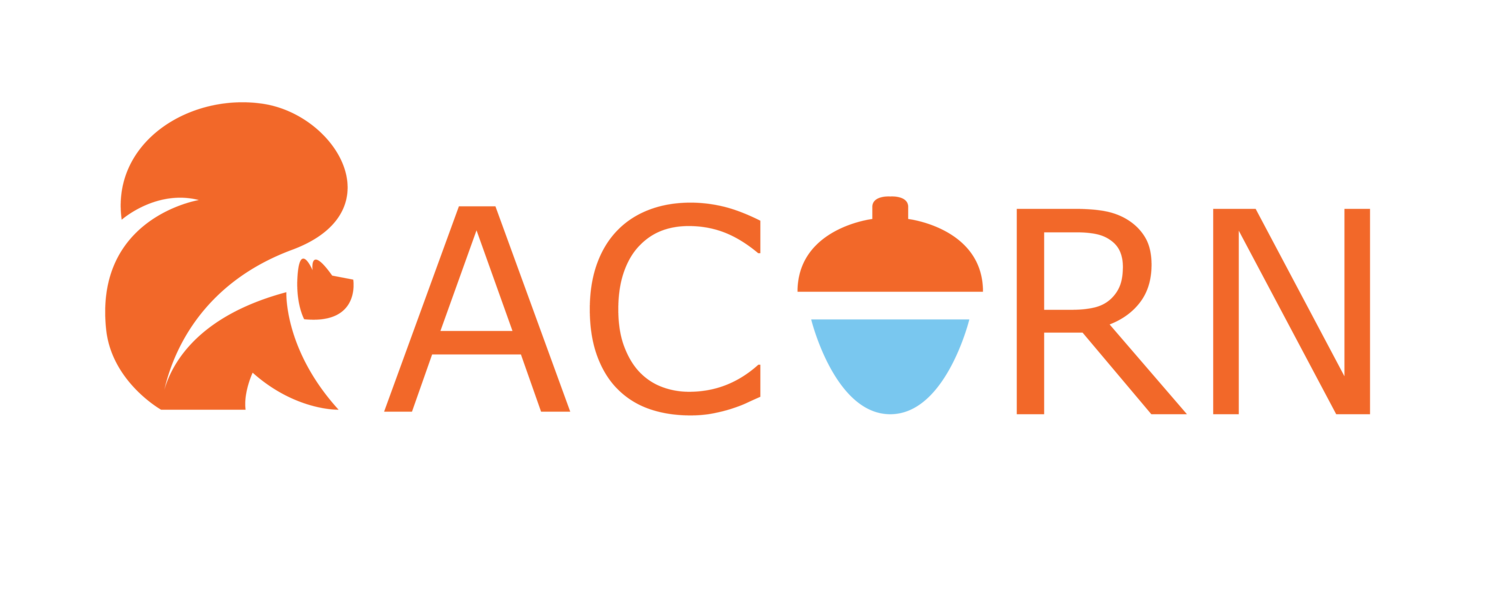When the Nintendo Switch was first announced, I was sceptical.
The fancy promotional video that the veteran gaming giant had put together was impressive, with players shown moving seamlessly from the couch with a full entertainment suite setup; to the park, playing sports games with their friends; and then back home, playing late at night in handheld mode.
The gaming market was diverse in 2017, but somewhat sedentary. The PC sector dominated performance, and consoles were the best option for accessibility. The mobile space was split between the addiction-inducing apps from gigantic corporate interests, and the walled garden of hobbyist platforms like the Nintendo 3DS. Seemingly overnight, Nintendo’s new poster-child united them all.
I at least understood the draw. Affordability, performance and convenience all in one package! It all just seemed too good to be true. Perhaps jaded from my years in the PC space where seemingly every hardware brand had released a handheld at some point, I felt convinced that gamers would lose the snap-on, snap-off controllers or the ultra-thin body of the hardware would have no ability to really drive the performance it claimed.
Thankfully, I was very wrong. Seemingly overnight, Nintendo captured players from all sectors of the market. Fans of AAA Nintendo software flooded to the outstanding and highly polished Breath of the Wild. Even the more gimmicky 1-2 Switch sold higher than expected, with casual fans of Nintendo’s previous Wii console recognising the amusing ‘get up and move’ style gameplay. PC gamers were impressed by the performance of AAA titles like Skyrim, DOOM and Rocket League and console gamers relished the freedom of both docked and handheld gameplay without compromise. Even mobile players loved the battery life, expandable storage and inclusion of a touch-screen.
Everything about the Nintendo Switch screamed accessibility. Even simple interactions like the ability to navigate with only the touchscreen, or scroll with either the left or right thumbsticks showed that Nintendo understood how their audience would be using the device.
The key ingredient in the mix however was Nintendo’s decision to focus on indies. Acorn was fortunate at the time to be working with a publisher who recognised the opportunity Nintendo was offering. When I received my Switch, I was thrilled by how wrong I was about the hardware. And when it came to working hand in hand with Nintendo on the porting and distribution of games on the platform, they were exceedingly helpful, despite the sheer volume of ‘goldrush’ publishers who were clamouring to get their games on the store.
Flash forward to 2021 and the Switch is as strong as ever. I’m using my launch day model daily without issue (although I do confess I’ve fallen foul of the infamous ‘stick drift’ issues in the past). With newer models like the gorgeous Switch Lite and enthusiast Switch OLED, it’s clear Nintendo are still looking to compete, even against the sheer force of the powerhouse PlayStation 5 and XBOX SERIES X consoles.
The Switch became the champion of the indie gamer. The NCMS News Channel is simple to use and allows developers to reach their audience in their local language with simple, regular updates. Setting discounts is straightforward, and the distribution workflow has only improved over the years. The storefront, which now champions sale timers, a reward points system and the ability to preview game screenshots without even clicking into the product has been honed to perfection and makes the journey from casual interest to purchase entirely frictionless for gamers.
At the start of 2020 two things happened: Nintendo launched Animal Crossing: New Horizons, selling over 11 million copies on the first day alone; and the Coronavirus pandemic sent millions of office workers to work from their home computers. Now, faced with sitting in front of the same screen all day and all night, gamers started to turn towards their new, accessible handhelds for respite pick-up-and-play gaming. Thanks to elements like the touchscreen, even playing PC-centric genres such as real-time strategy were now possible from the couch, stealing thousands of sales away from PC storefronts like Steam.
With the 2021 announcement of Steam’s own foray into the world of the handheld with the Steam Deck, it’s clear to see that Valve are not content to sit on their laurels and hope that the impending rout falls away on its own. Focused towards more enthusiast gamers, the Steam Deck will sport beefy hardware and the ability to access your entire Steam library on the go. But Valve must be careful how they proceed. Without the bolstering force of perfect-scoring first party launch titles, portable and accessible hardware, and a widely-targeted player base, it will be interesting to see how sales of the new platform compare.
I am sceptical. But I was sceptical once before.

